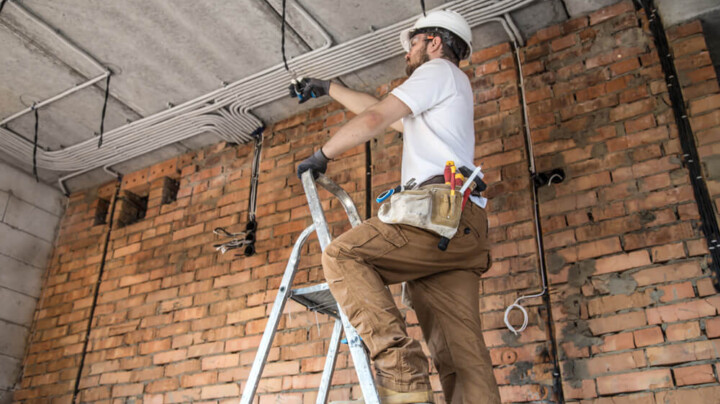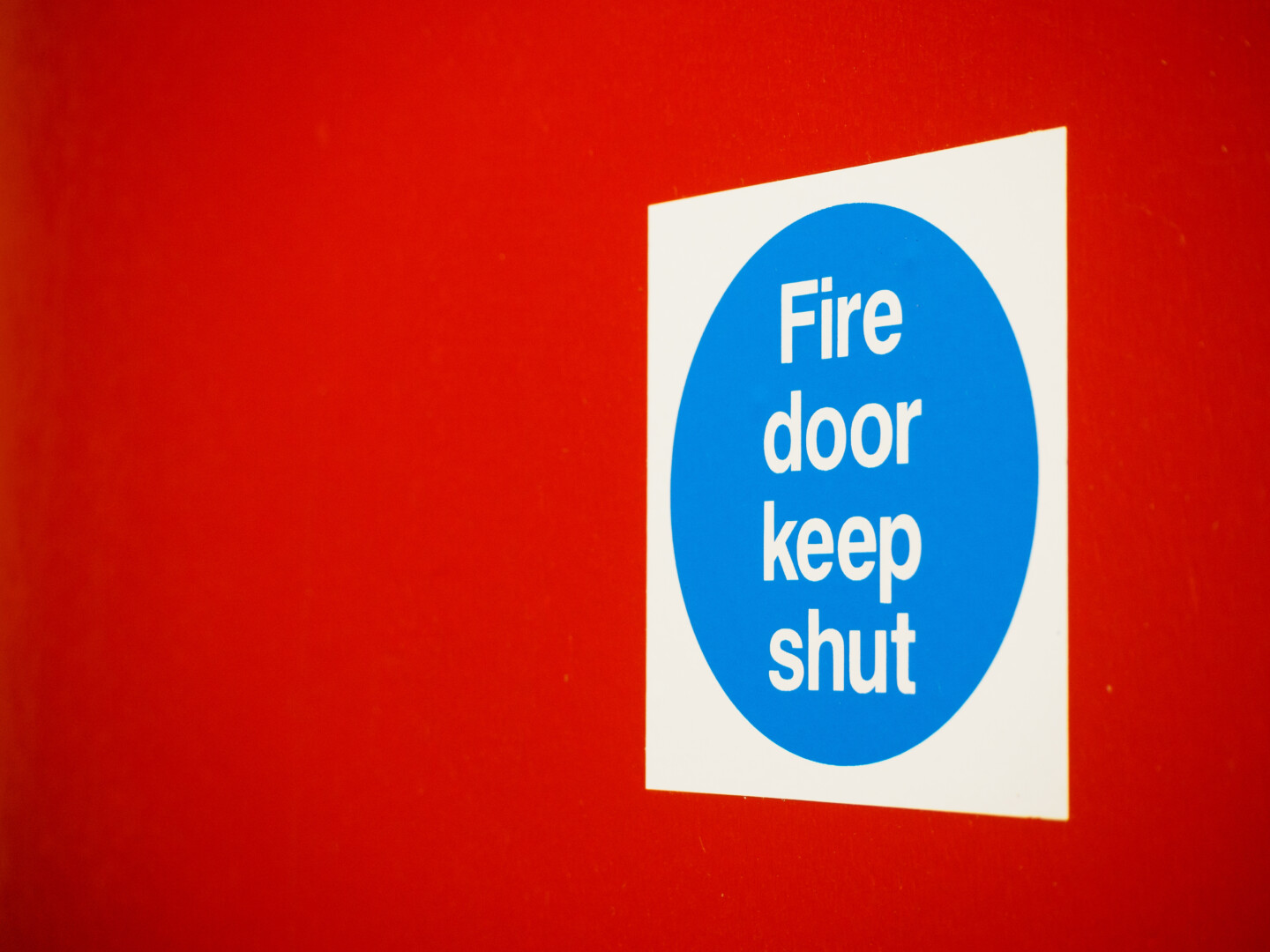


When it comes to fire safety, it’s easy to focus on alarms, extinguishers, and emergency exits. But one of the most powerful tools in protecting lives and property often goes unnoticed: the fire door.
These doors are designed to hold back fire and smoke, and buy precious time when every second counts. No matter the space you operate in, understanding what fire doors do, and how to check they’re working, is a simple way to keep your team safer.
Every industry has its own terminology, and fire safety for businesses is no exception. For example, when many people think of a fire door, they imagine a large door with a push bar that leads outside. In reality, that’s a fire exit, not a fire door.
Fire exits are designed to allow quick and unhindered evacuation during an emergency. Fire doors, on the other hand, play a different but equally vital role. They are part of our passive fire protection systems, along with walls and floors, which work together to contain fire, heat, and smoke. This approach is called compartmentation and helps limit the spread of fire within a building.
A fire door typically consists of the frame, door leaf, and associated fittings. Some are glazed, others are not, but all are fitted with an intumescent seal (in either the frame or the door leaf) that expands under heat, effectively sealing the door. Fire doors are also self-closing, ensuring they perform their role in an emergency.
To meet different needs, fire doors are classified according to the level of fire resistance they provide:
Just like any safety equipment, fire doors must be maintained. Monthly visual checks help identify obvious issues such as damage or wear, while professional six-monthly inspections look more closely at the frame, leaf, hinges, seals, and closing mechanisms.
Here’s a simple way to spot potential issues with your fire door:
(Adapted from firedoorsafetyweek.co.uk)
Fire safety isn’t just about ticking boxes – it’s about protecting lives, livelihoods, and the spaces we work in every day. Fire doors are a silent safeguard, but they only work if we treat them as such.
Here’s how we can all play a part:
SafeWorkforce makes it easier to stay on top of fire door safety, without the paperwork pile-up.
Our health and safety software securely stores your essential maintenance logs, so you’ll get automatic reminders when six-monthly professional inspections are due.
You’ll also have real-time visibility into fire door compliance across all your sites, helping you stay proactive and audit ready.
And if you’re ever unsure about something, whether it’s a damaged seal, a missing label, or a door that won’t close properly, our health & safety experts are just a message away. We’re here to help you get it right, every time.